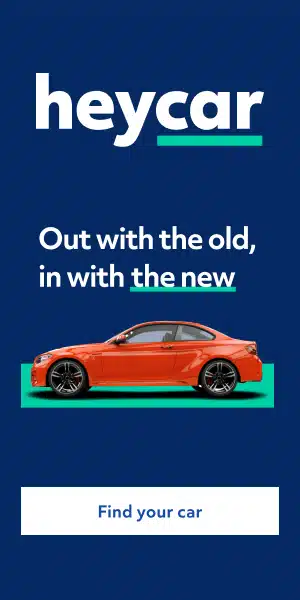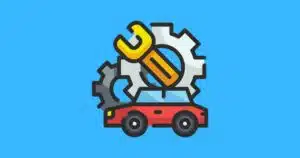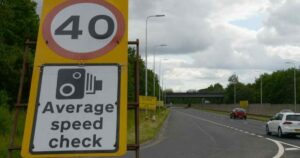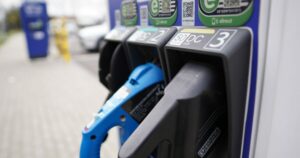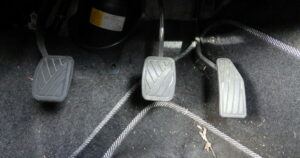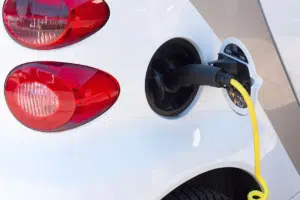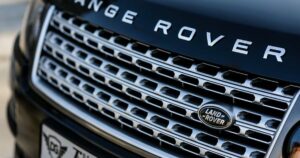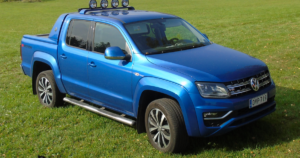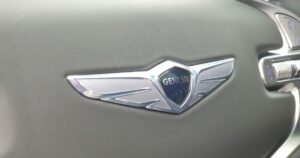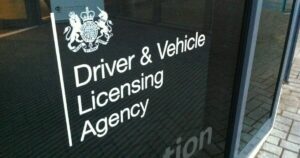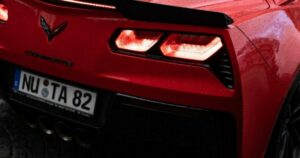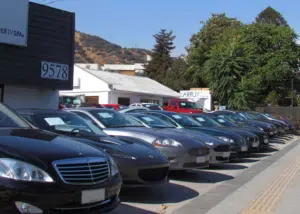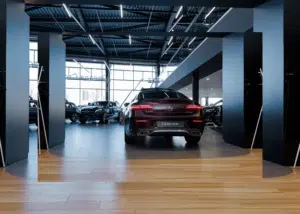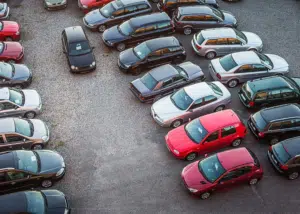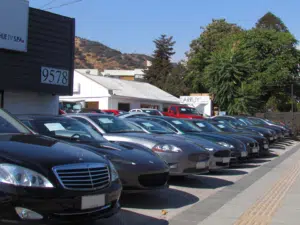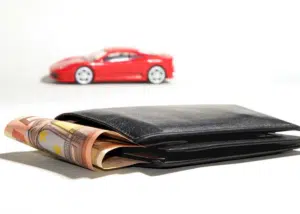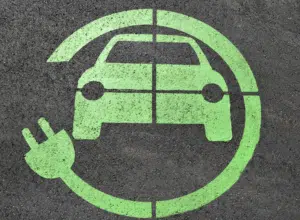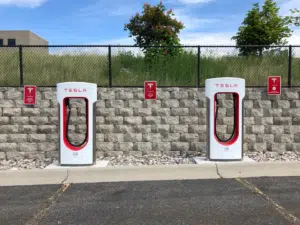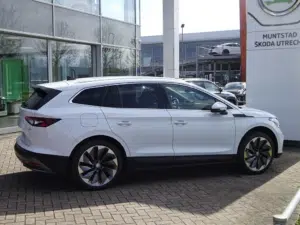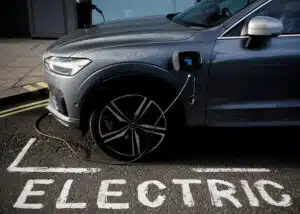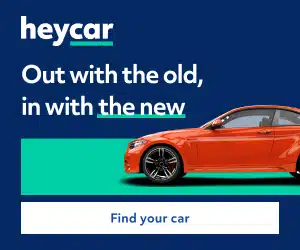Whether you’ve recently got your licence, or you’re still learning to drive, have you ever wondered what the different driving licence categories mean on the back of your licence?
Have no fear, Jamar is here to reveal all and fill you in on exactly what the categories mean.
Brief category overview
In short, the driving licence categories on the back of your licence tell you which vehicles you are allowed to drive, along with the conditions that you need to meet to be able to legally drive them. It’s that simple. Although they might look confusing, they’re easy peasy really.
For something that is so familiar to many of us, we carry it around on a daily basis, but have we really actually taken much notice of these categories on the back? Now is the time, and which is why we’re going to cover those confusing categories so that you know what you can and cannot drive.
Why it’s important to check my licence?
It’s estimated that around 75% of adults in the UK currently hold a driving licence. That’s a lot of people and a lot of cars on the road! With more commuting and road trips now more than ever, being able to read your licence and knowing what the categories mean is crucial.
Oh, and if you’re going on really big drives and crossing any borders for a holiday, it’s even more important to check your licence because you can guarantee it will be checked on your travels.
What are the categories?
There are 26 driving licence categories in total, which covers everything from mopeds (Category AM) to buses (Category D), to tractors (Category F) and lawnmowers (Category K). Can you believe it, there’s an actual category for lawnmowers!
Unless you’re looking at working in a particular industry that requires you to drive certain wheels, you’re probably more than likely going to spend your life behind the wheel of a car, which is Category B.
Depending on when you passed your test, if it was before 1 January 1997, then a Category B licence will allow you to drive a vehicle and a trailer, with a combined weight of up to 8,250kg, as well as a minibus.
If it was after this date, then Category B allows you to drive vehicles of up to 3,500kg with up to 8 passenger seats and a trailer of up to 750kg! This is why you’re usually allowed to drive a van with this category too as with the weight being how it is, it covers most vans.
Here’s our table of categories below:
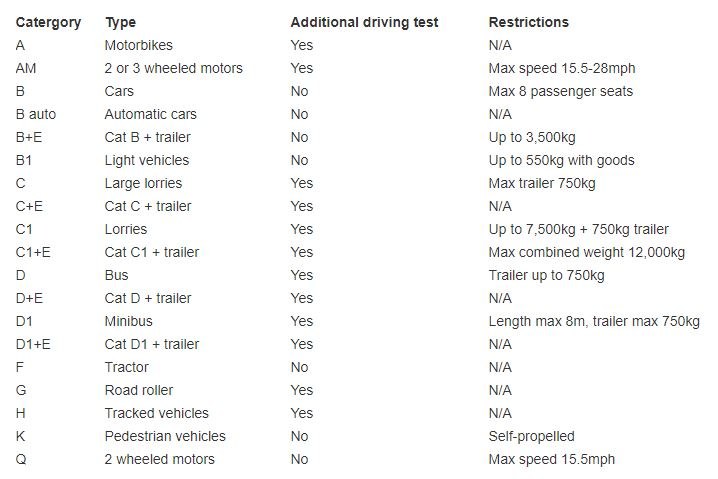
Now that you know what the different categories are, you’ll be able to check your licence and see which categories you fit into and which vehicles you’re allowed to drive.
If you’re looking at selling your car as you want to learn how to drive a different vehicle that falls within a different category, there’s no need to look any further. Your reg number and a good set of eyes are all that you need to be able to find the right deal for your vehicle here. Get the payment that you deserve and secure your deal within seconds. We’re here to help you all the way and guide you through the selling process. It’s never been easier, so why not head over to our online valuation tool and get your free quote today.

